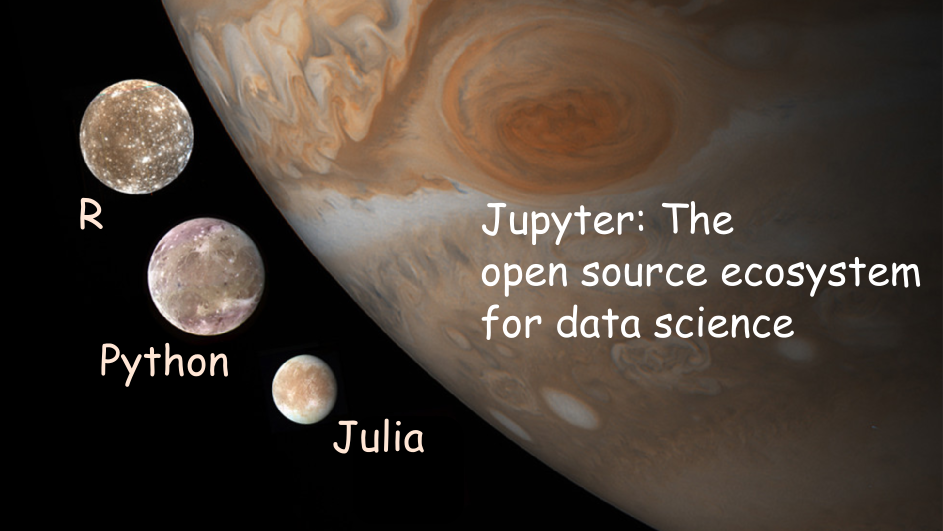Dear Academy users,
In a previous module of the Getting Started with Open Source
course we discussed the Linux operating system which is the bedrock and maybe most significant example of open source success.
For our purposes the OS
is but the enabling platform. We are primarily interested in running or
developing applications (for example risk models and risk management tools) on top of the operating system. A large component of Quantitative Risk Management relies on data processing and quantitative tools (aka Data Science).
In recent years open source software targeting Data Science found massive adoption in diverse applications. This open source data science spring
happens across diverse language and system communities, including old workhorses such as C++,
Java but also newcomers such as Rust.
Yet a triad of ecosystems within that broader universe (namely Python, R and Julia) are distinguished by having a very important or even exclusive data science profile and impact. These three revolutionized the way we do data science today as compared to even just a decade ago.
One nickname that has been given to this set of data science oriented language is Jupyter. Its a loose word game with the initials of "Julia, Python and R" and the planet Jupiter. The name and logo are an homage to Galileo's discovery of the moons of Jupiter, as documented in notebooks attributed to Galileo.
In this module we undertake a side by side comparison of a wide range of aspects of the Python, Julia and R language ecosystems. The table of contents is listed below. This comparison is neither exhaustive nor conclusive. It is merely a map all of the important tools that are out there!
